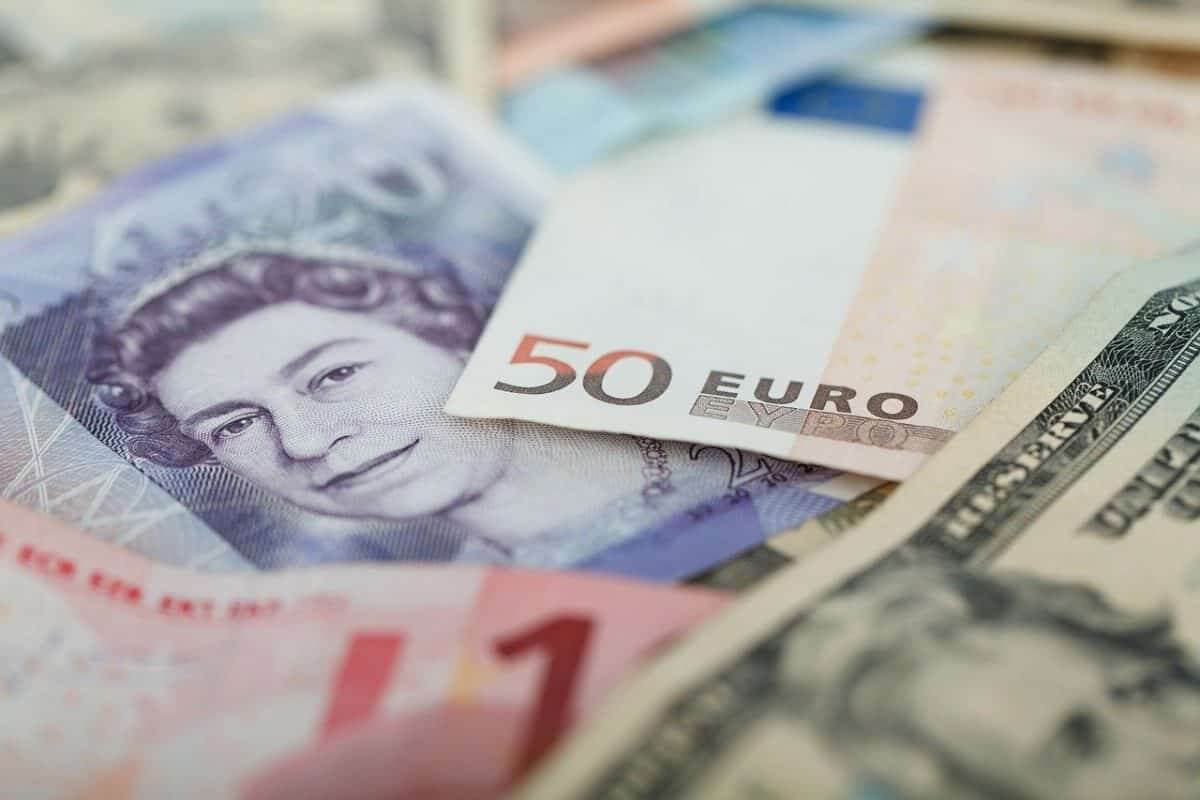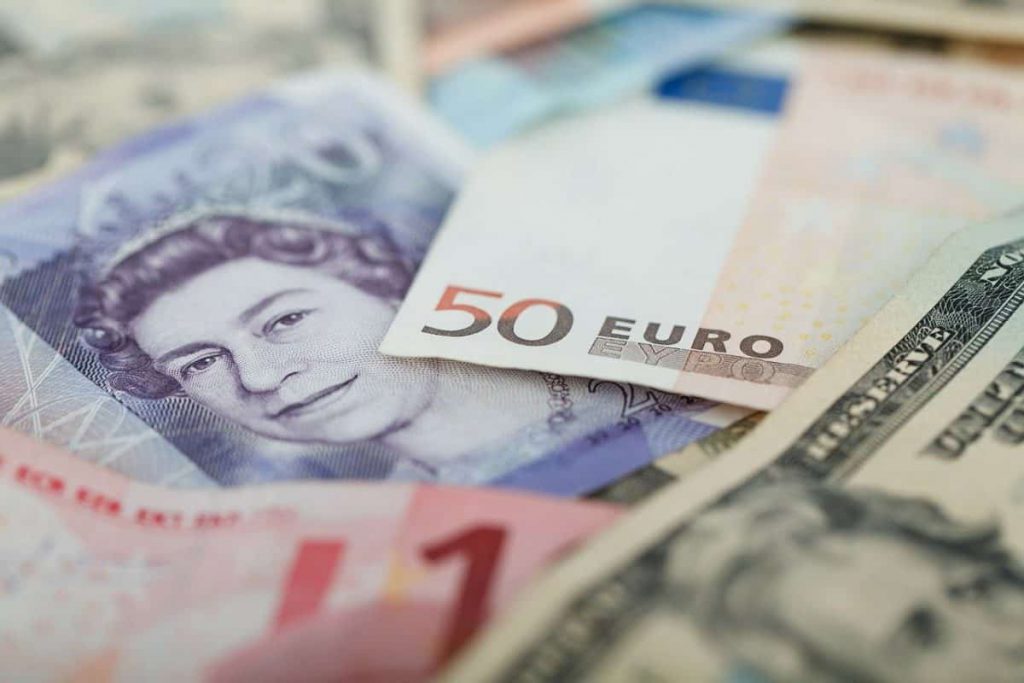
EURUSD, GBPUSD still Under Dollar Pressure
Looking at the EURUSD chart on the daily time frame, we see that the pair found support at 1.15250 and recorded slight gains at the current 1.15610. We are still in a downward channel in a longer bearish trend. A shorter pullback can climb the pair to the zone 1.16500-1.17000, where the next obstacle in the 20-day, 50-day moving average and resistance in the upper trend line awaits us. We expect further negative consolidation for the bearish sequel, which will test the psychological level at 1.15000. The break below us leads to new lows this year.
GBPUSD chart analysis
Looking at the GBPUSD chart on the daily time frame, we see that the pair is still in consolidation around 23.6% Fibonacci level at 1.36000. Suppose the consolidation progresses to the bullish side and breaks above the Fibonacci level and the 20-day moving average. In that case, we can expect GBPUSD to make a stronger bullish momentum and visit the zone around the next upper 38.2% Fibonacci level to 1,37300. Further continuation leads us to a 200-day moving average at 50.0% Fibonacci level at 1,38300. We expect a drop below this consolidation for the bearish scenario, seeking support at the 1.35000 psychological level and perhaps a new visit to the previous high at 1.34100.
 Market overview
Market overview
The UK economy recovered in August, data from the Bureau of National Statistics showed on Wednesday.
The gross domestic product grew by 0.4 percent per month, but somewhat slower than the economists’ forecast of 0.5 percent.
GDP growth for July was revised from 0.1 percent to 0.1 percent. This was mainly due to revised data on the production of motor vehicles, oil and gas downwards, and improvements in the way health production is measured. GDP remained 0.8 percent below pre-pandemic levels in August.
After rising 0.3 percent in July, production increased 0.8 percent. This was largely due to continued increases in crude oil and natural gas extraction. The manufacturing sector expanded by 0.5 percent, after declining by 0.6 percent in July.
Consumer price inflation in Germany accelerated, as originally estimated, to its highest level since 1993 in September, final Destatis data showed on Wednesday.
Consumer price inflation increased to 4.1 percent in September from 3.9 percent in August. The annual rate is in range with the estimate published on September 30. EU harmonized inflation rose to 4.1 percent from 3.4 percent in the previous month. Every month, adjusted consumer prices rose 0.3 percent.
In August, industrial production in the eurozone dropped for the first time in three months, Eurostat reported on Wednesday. Industrial production fell 1.6 percent in August, reversing the growth of 1.4 percent in July. The pace of the drop was in line with economists’ expectations, and this was the first drop since June.
On an annual basis, industrial production grew 5.1 percent, but faster than the expected rate of 4.7 percent.


 Market overview
Market overview
